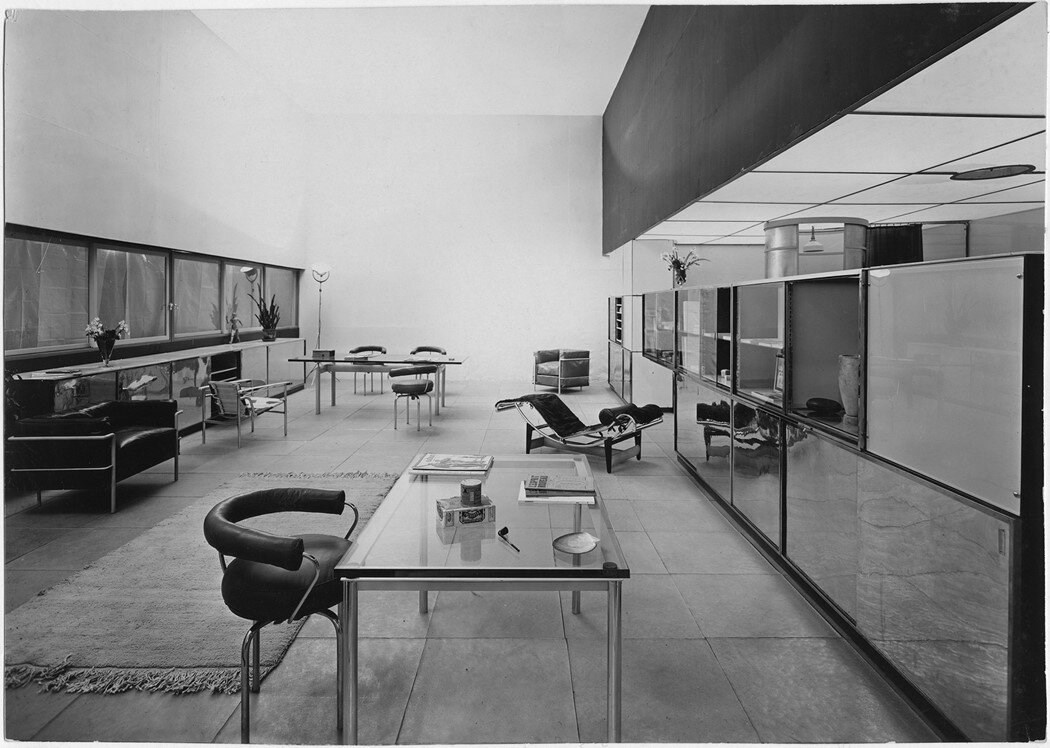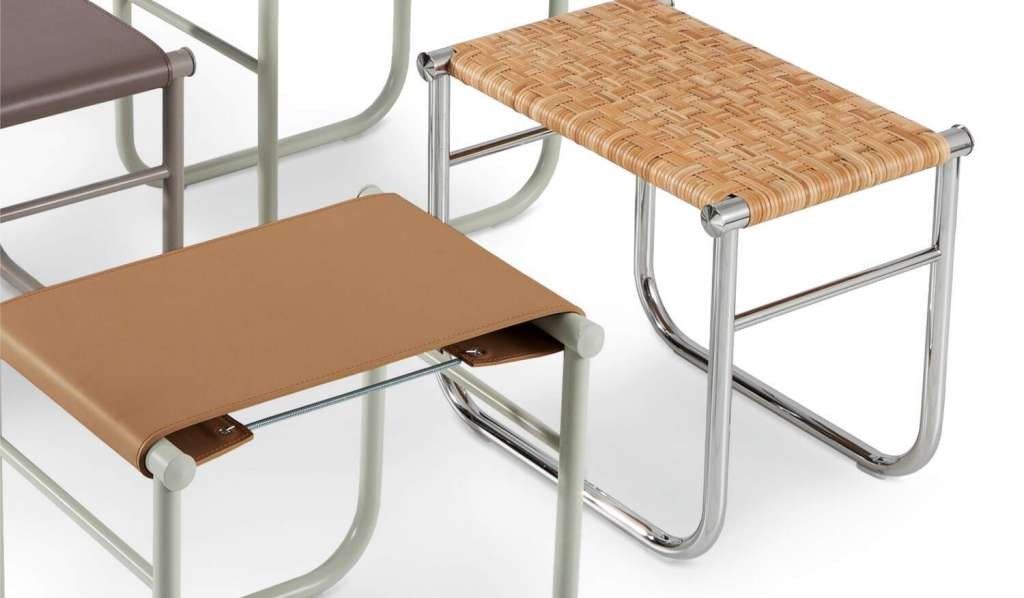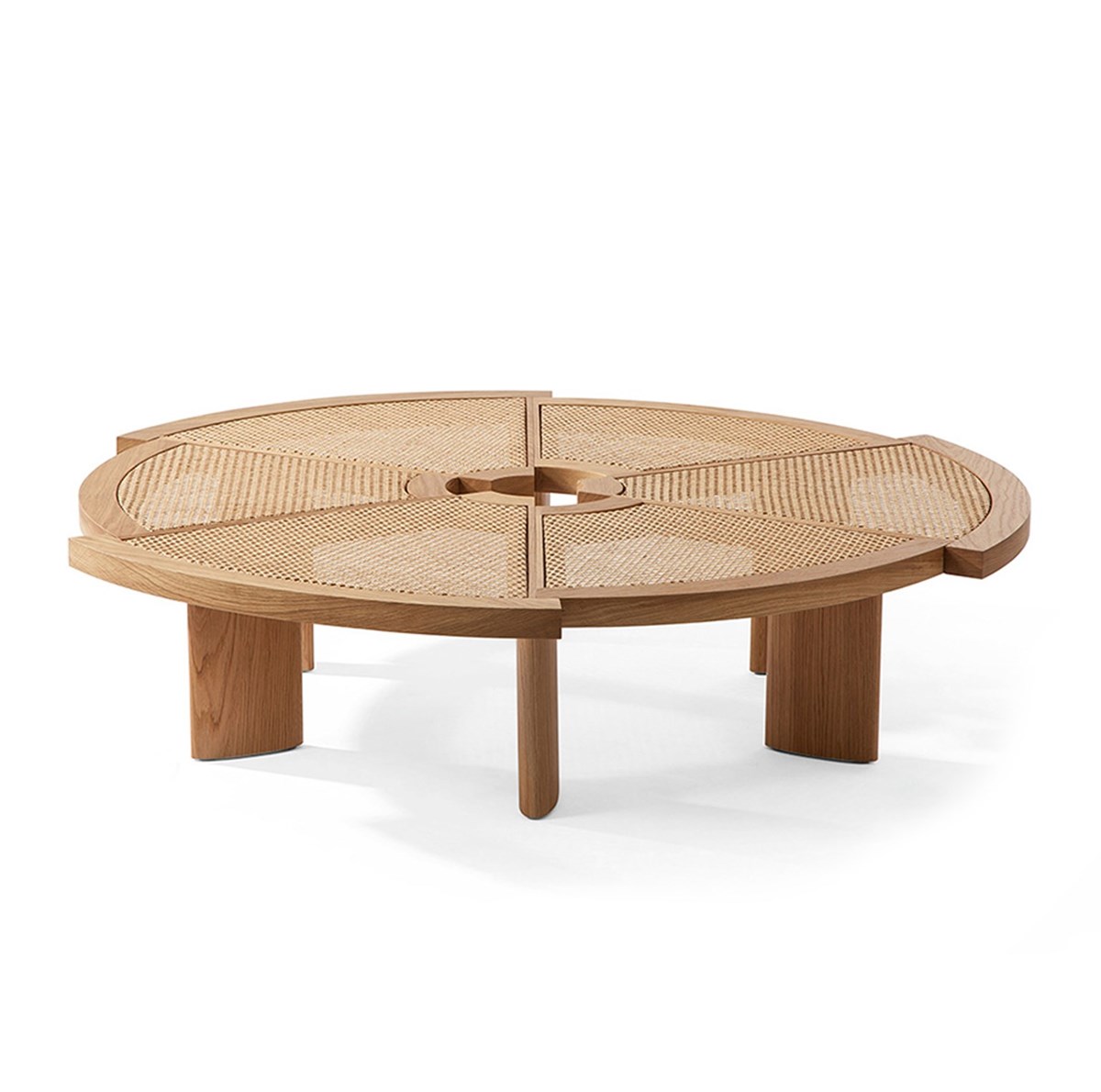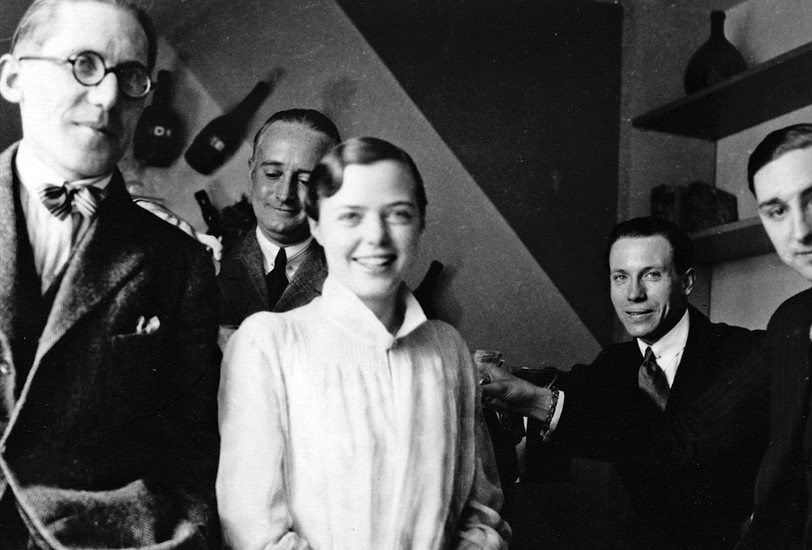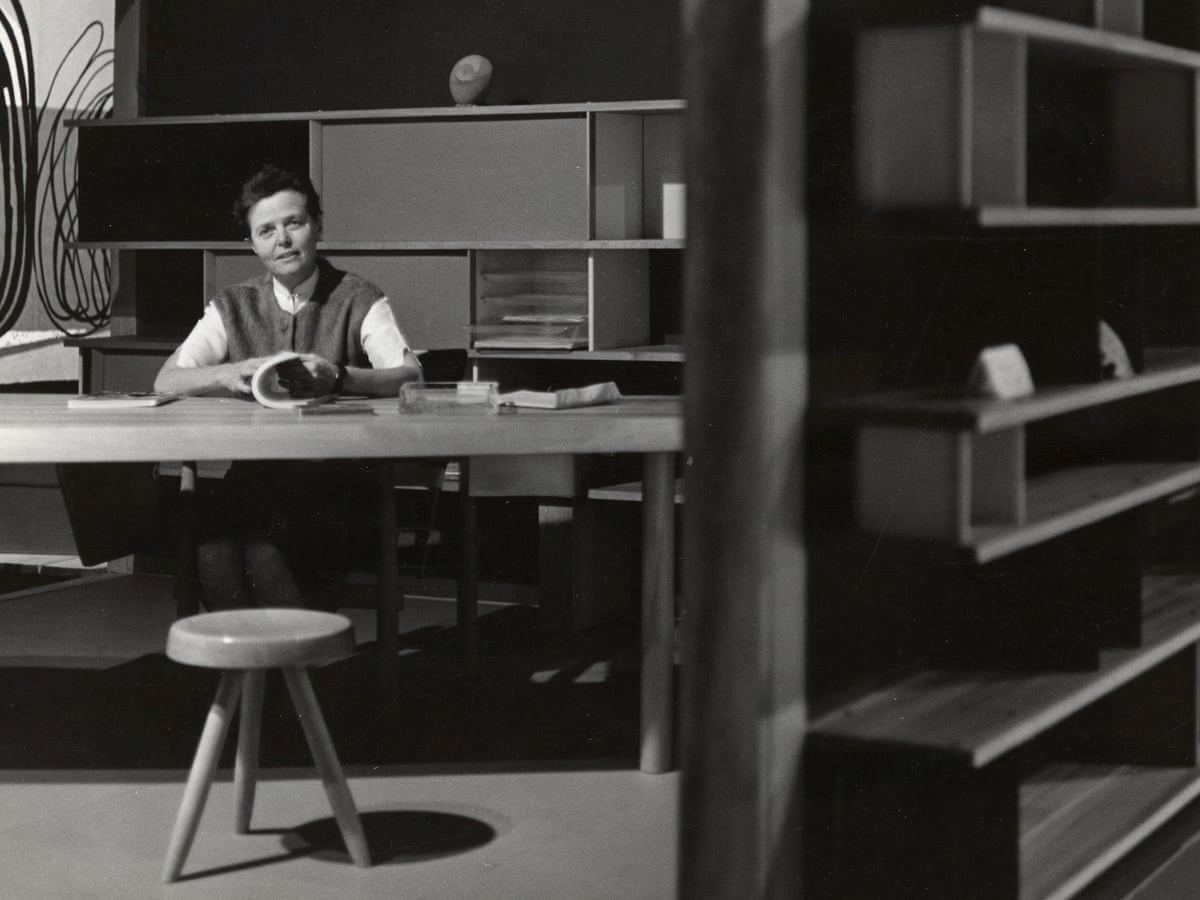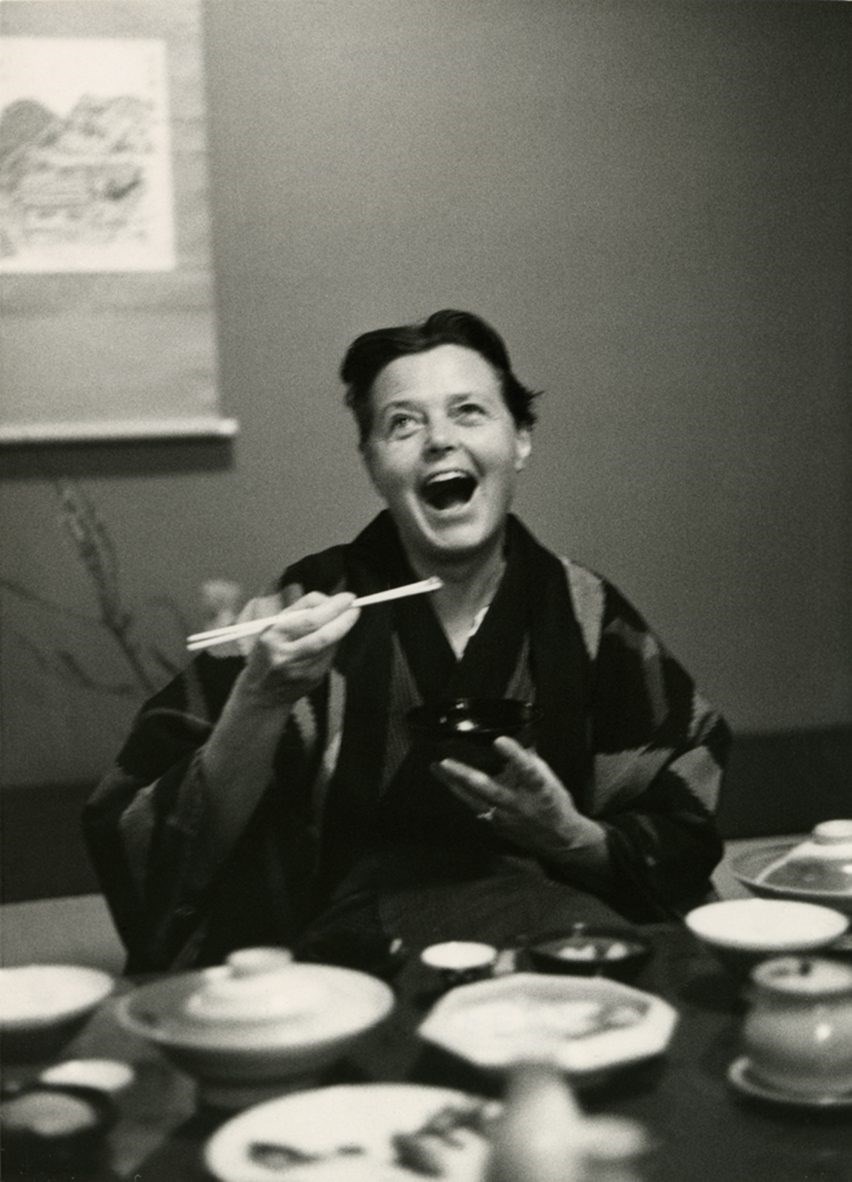-
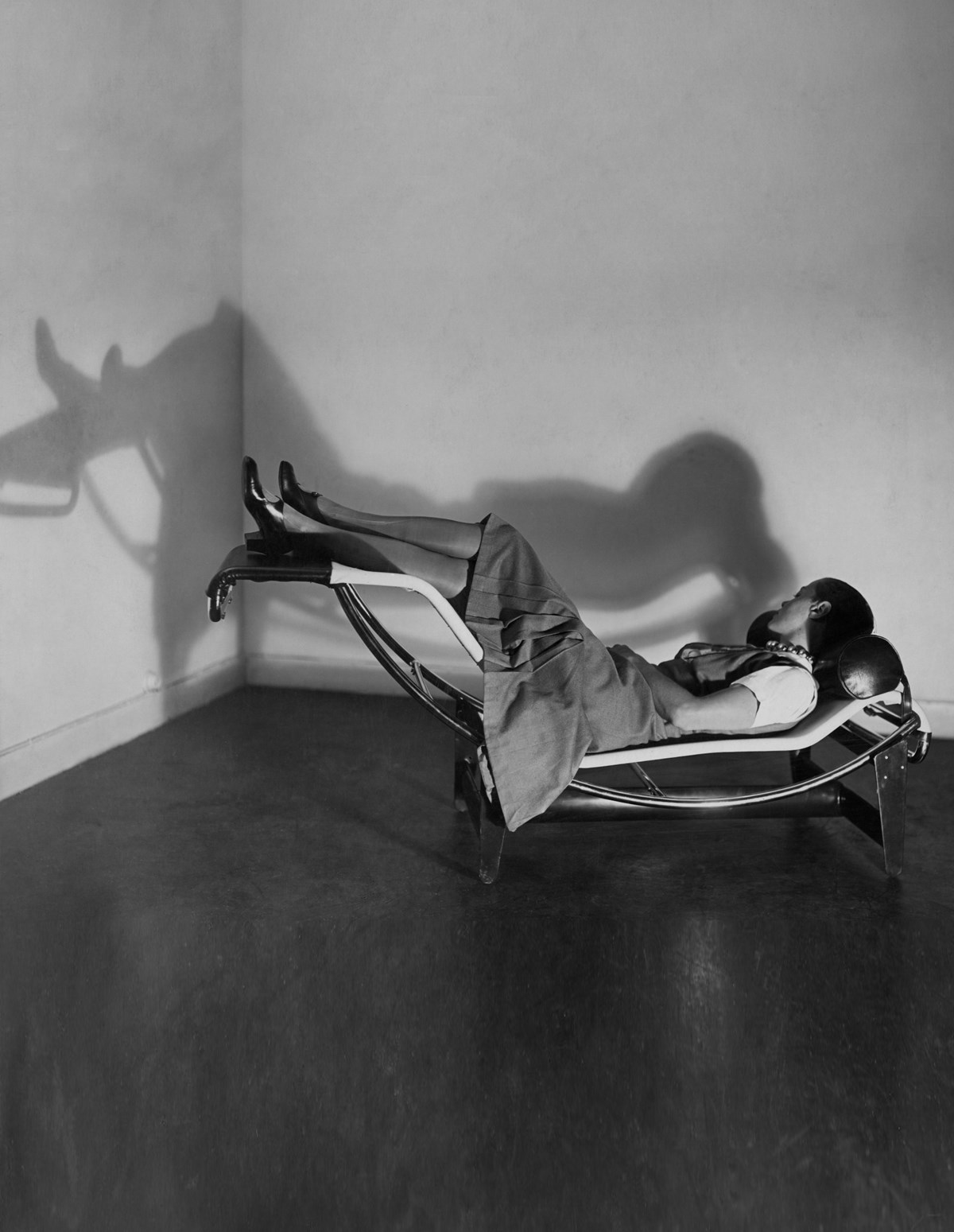
-
Charlotte Perriand on the Chaise Longue Basculante B306 (1928-1929) © F.L.C./ ADAGP, Paris 2019 © AChP
-
Charlotte Perriand
“The extension of the art of dwelling is the art of living.”
-
The ball bearing necklace worn by Charlotte Perriand in the famous photograph of her lounging on an LC4 Chaise Longue is a wonderful embodiment of her style, practicality, wit and originality.
-
Dining Room 28 (1929), Le Corbusier, Pierre Jeanneret, Charlotte Perriand © F.L.C. / Adagp, Paris, 2019 © Jean Collas / AChP
-
Her life spanned the twentieth century. After qualifying from the conservative ECAD, she already knew her vision was more aligned to the uncompromising modernism of the great Le Corbusier who initially rejected her application to work under him. After seeing her ‘Le Bar Sous Le Toit’ display, he realised that she understood his vision and would help him to proceed with the chromed steel and black leather LC range.
Charlotte and Pierre Jeanneret, although co-designers, were not marketed as such because the Le Corbusier name carried considerably more prestige. In return, Charlotte was trained in industrial design and architecture for ten years under one of the greatest of modernist architects.
-
-
By the late 1930s Charlotte’s focus turned to Japan with a contract with the Japanese government. Her role was to oversee the design direction of Japanese manufacturing to better suit western tastes for export. While there, Charlotte deepened her knowledge of Japanese traditional crafts, fabrics, woodworking, gardens and architecture. The bent bamboo of the ‘Tokyo’ chaise and the asymmetrical curved slab edge of the ‘Plana’ table are examples of this. With the advent of the war then Japan’s attack on Pearl Harbour, Charlotte’s only option was to end up in French colonial ‘Indochine’ now Vietnam.
While in Vietnam, Charlotte again immersed herself in local crafts and techniques but still stayed close to her modernist roots. The ‘Indochine’ chair, for example, retains the fundamental shape of the LC7 but is executed in a South East Asian hardwood. There is also use of rattan as in the much later ‘Rio’ low table.
-

-
At the end of the war Charlotte returned to France. Her next significant design collaboration was with eminent French architect and metal specialist Jean Prouvé. Unfortunately Prouvé’s business skills were in inverse proportion to his brilliance as an architect / industrial designer.
There was cross-pollination within the work of both designers. Charlotte’s much earlier 1938 ‘Potence Pivotante’ wall lamp is a similar concept to Prouvé’s ‘Potence’ wall lamp. There was also significant drama over attribution regarding bookshelves.
On the plus side there was plenty of work in post war reconstruction at home - universities, hotels, resorts - as well as France’s desire to maintain its grasp on its colonies in Africa, particularly with large scale housing and commercial premises for French companies such as airlines and manufacturing plants.
-
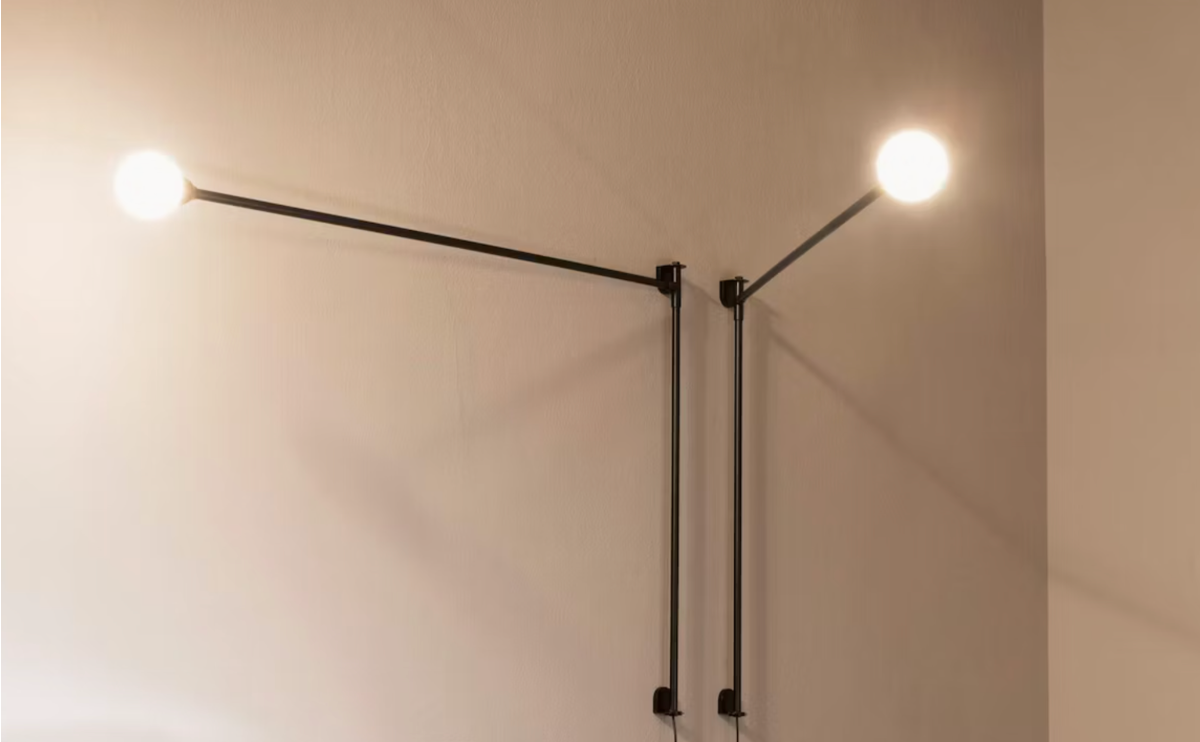
-
For the later part of her career Charlotte’s work combined the three main design influences from her past - Le Corbusier’s integration of architecture with furniture based on long established forms; secondly, traditional materials and finishes, especially Japanese simplicity, then finally the industrial/metal nuts and bolts aesthetic of Jean Prouvé e.g. the ‘Pivotante à Poser’ table lamp.In the early 1960s Charlotte oversaw the transition of the LC furniture manufacturing rights to Cassina in Milan. After Charlotte’s death in 1999 at the age of 96, her daughter Pernette released furniture rights to Cassina for the LC3 one armed chair and ottoman plus a selection of Perriand furniture that Charlotte did not have manufactured during her lifetime.
Not only does her furniture legacy live on but the energy and vigour that enabled her to continue working and creating into her 90s is evident in all her photographs - both Charlotte and her designs were long lasting survivors.
Search
View All -
{{products.length}} product{{products.length != 1 ? 's' : ''}}
and
{{articles.length}} article{{articles.length != 1 ? 's' : ''}}
No products available.
We don't appear to have any products related to your search term. Please try again.
Cart
Subtotal $0.00
Shipping and discount codes are added at checkout.
